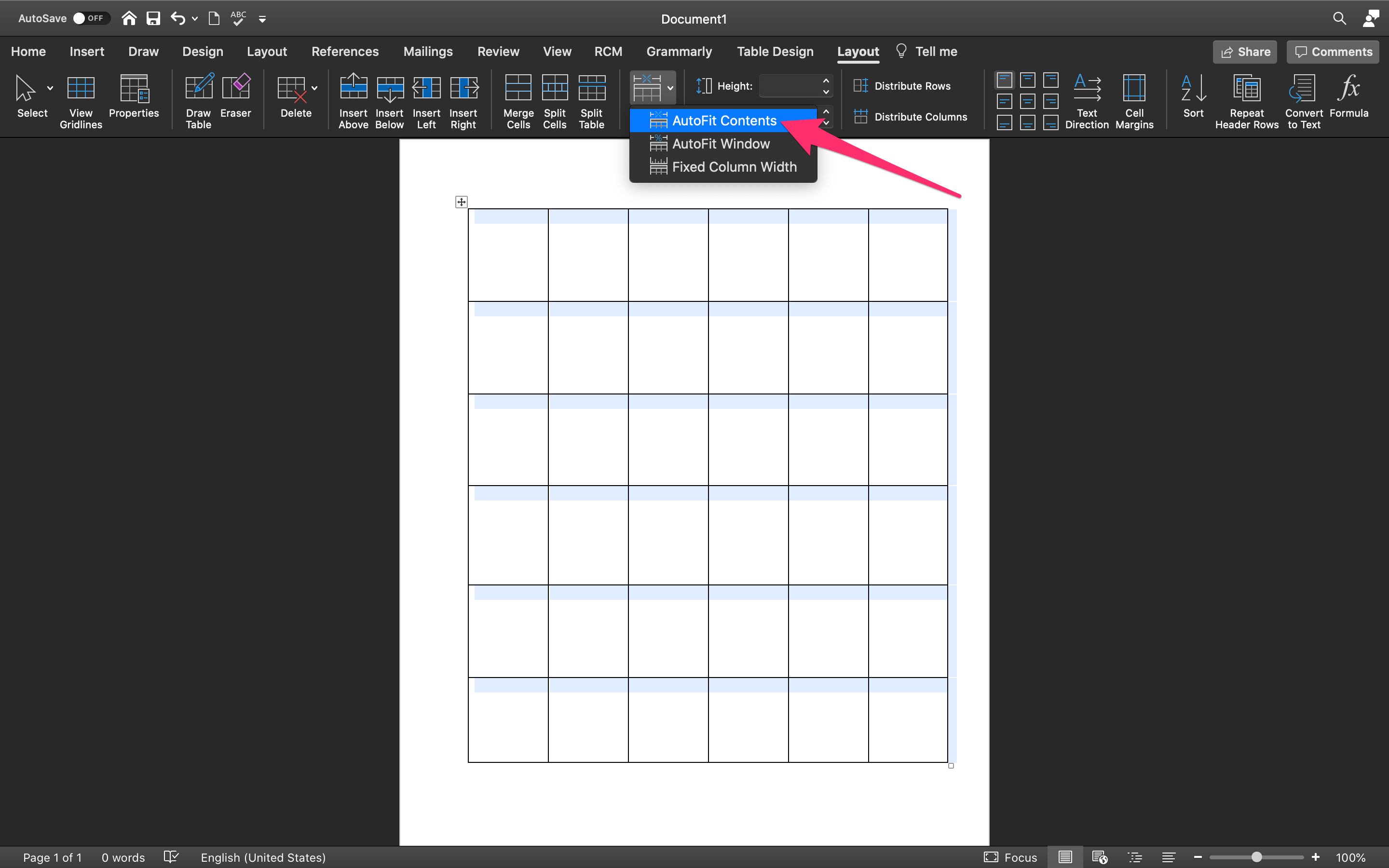


In this case, Publisher automatically creates a text box that fits within the margins of the currently selected page.Ī text box is an object. You can, for example, open a blank publication and just start typing. Sometimes Publisher automatically creates a text box for you. We'll talk more about this later in this article.)Īny time you enter text into a publication, you must enter it into a text box. (Tracking refers to the spacing between letters in entire blocks of text, while "kerning" refers to the spacing between two individual letters. For instance, tracking and kerning options are more complex in Publisher than in Word.
#WHERE IS THE SHRINK TO FIT IN WORD 2016 PROFESSIONAL#
But because Publisher is typically used to deliver professional quality publications to commercial printers, it offers slightly more sophisticated tools for typesetting. That isn't to say that Word isn't complex or that you can't create impressive, visually interesting publications with it. The way that Publisher handles text is what separates it from simple word processing programs like Microsoft Word. The pictures and graphics are only supposed to highlight and enhance it. But let's face it. The most important part of any publication is the text. That is why they give you so many tools that help you insert and arrange artwork and images. As for Method 2 above, either adjust the absolute height and width, OR the scale.Publisher is a page layout program to help you create complex and professional looking publications.

This opens Size tab on the Layout window.Although you can specify exact measurements on the fly-out ‘menu’, if you want to specify a percentage, click the tiny icon in the lower right corner (I’ve circled it in red in the image below).Click Size on the far right of the ribbon.Select the Format tab on the SmartArt Tools ribbon.Select the object to display the SmartArt Tools ribbon.This method is very similar to Method 2, except for how you get to the Layout window. Method 3: Resize by percentage or value (ribbon) To keep the proportion, either make both percentages the same, or select the Lock Aspect Ratio check box, then just change one of the percentages - the other will automatically adjust. My preference is Scale, as you can enter a percentage to increase or decrease the size by.Either adjust the absolute height and width, OR the scale.On the Layout window, select the Size tab.It’s similar to a method you can use to resize a graphic, but the options are harder to find. This method is more exact and doesn’t rely on fine motor skills with a mouse. This method is not exact, and depends on your skills with the mouse.Drag a top or bottom handle to increase or decrease the height while maintaining the width.Drag a side handle to make the object wider or narrower while maintaining the height.Drag a corner handle to keep the height and width in proportion.I’ve circled the handles in red on the image below. The simplest method is to click on a ‘handle’ indicated by the three dots on the sides and corners of the object, then drag the handle in or out to resize the object. Choose the method that best suits your way of working. You know if you’ve got one of these objects because when you click on them, you get a thick border around them (graphics have a very thin border), as shown below.īelow are some of the methods you can use to resize one of these SmartArt or chart objects. However, you can’t resize them exactly the same way you can resize an inserted graphic. When these objects are inserted into your document, they automatically resize to fit the page width. In more recent versions of Word, you can use commands on the Insert tab to add a chart or SmartArt.


 0 kommentar(er)
0 kommentar(er)
